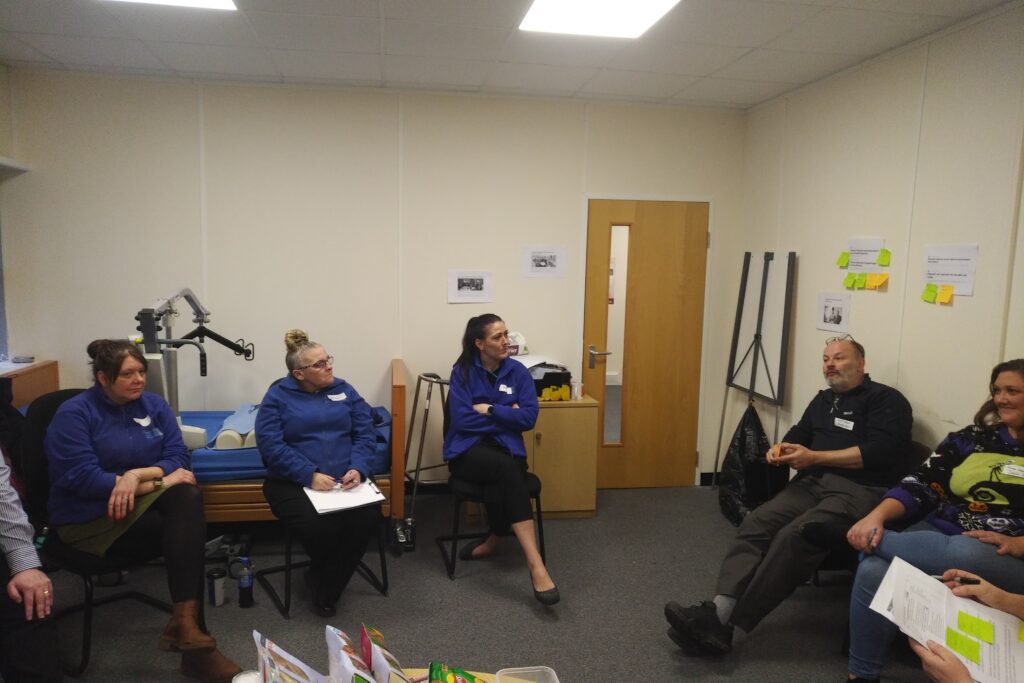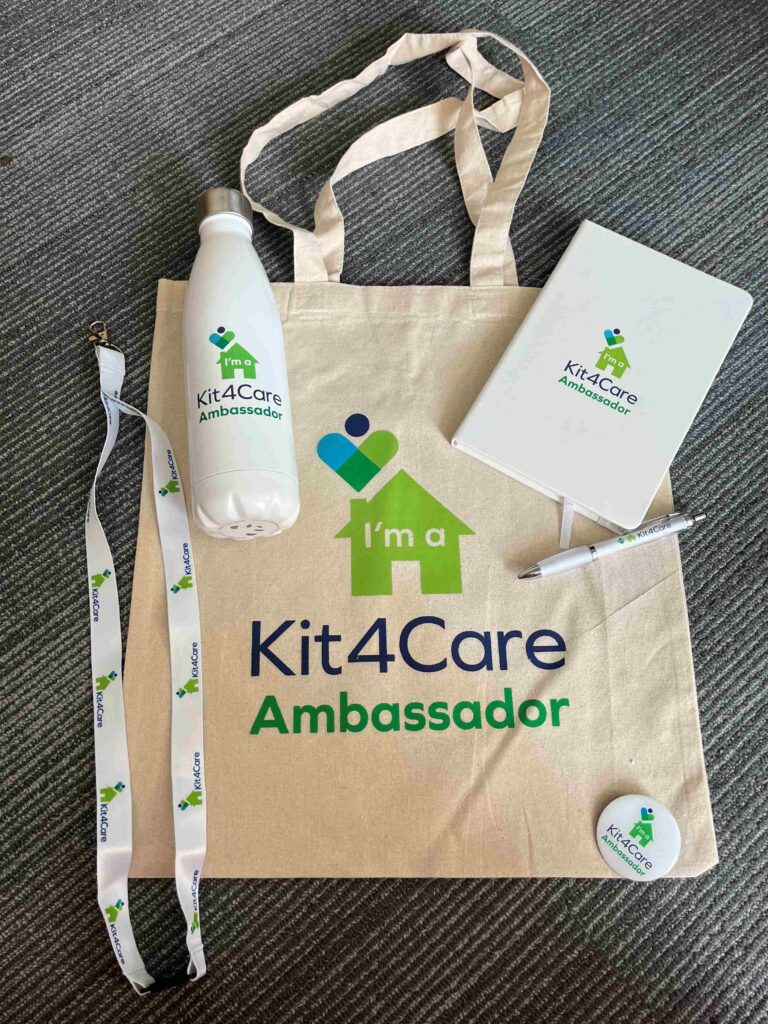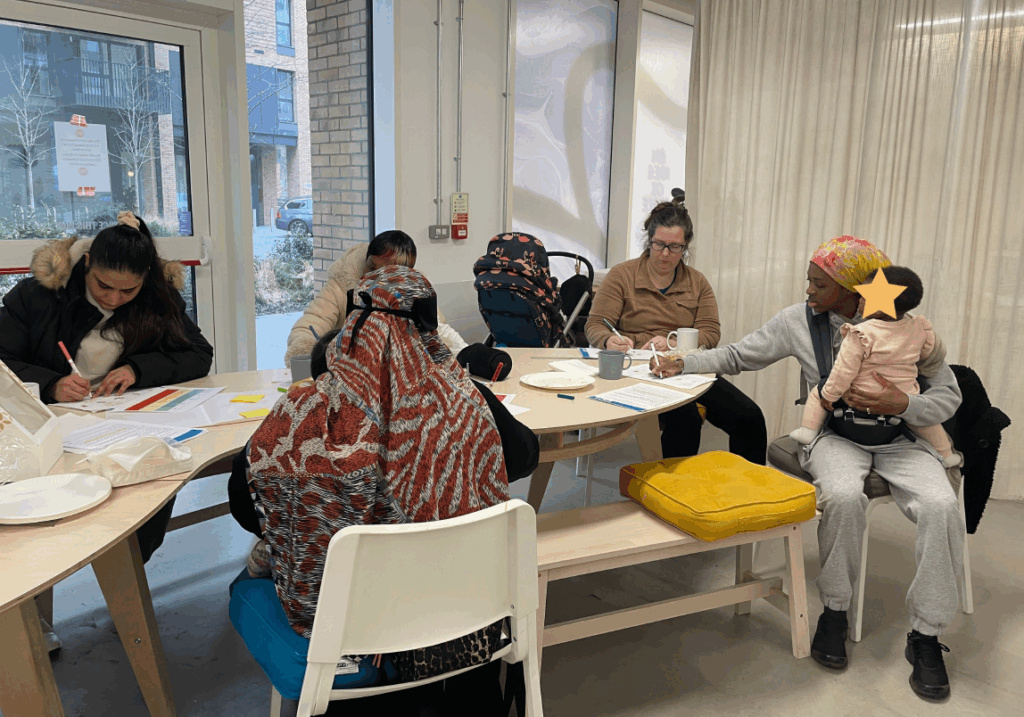Health & social care collaboration – the power of co-design to improve patient care

The importance of designing ‘with’ and not ‘for’ people to enable truly effective health & care innovation that meets local need. Read more in Pia’s blog.
In previous blog posts, we introduced you to the Kit4Care programme and the Whzan Blue Box as one of the first pieces of tech we are using to take clients’ observations in domiciliary care settings. We also promised to share our learnings as we progressed through the project, so today we’re sharing insights into the co-design phase.
The Kit4Care project, enabling recipients of homecare to stay well and comfortable in their own home for longer whilst receiving high-quality care, is based on an idea which was trialled for a short period of time in Torbay – with its main goal to assess the benefits and the potential of rolling this concept out on a larger scale across Devon.
Now, it is very tempting to take an idea and think of it as a blueprint that works just as well for other systems and in other localities but we know from previous experience that the success of scaling an idea often lies in the nuances and the ability to tailor an idea to individual needs and circumstances of the stakeholders.
In recognising the importance of designing with, instead of designing for people, colleagues on the project are given the freedom to design a model that actually addresses their biggest challenges and benefits their community.
With this in mind, we ran one co-design workshop in each locality we are currently working in across Devon. This took place in the early weeks of project start up with both health AND social care colleagues together in one room and helped us to:
- understand the local issues and opportunities,
- showcase the technology (Whzan’s Blue Box) and its functionalities,
- design an escalation process that addresses local issues,
- gather ideal outcomes and metrics to support our evaluation of the project
It was fascinating to hear how different the challenges and the focus of each locality is and an excellent reminder of why it is so important to give people the chance to tell us about their difficulties and where they see opportunities to do things better, first-hand. The challenges we heard included:
- lack of funding to trial new ways of working
- non-interoperability between systems
- difficulties in accessing medical care due to flaws in escalation models and due to overwhelmed systems
- missing communication channels between primary care and social care providers.
- difficulties for clinicians and care staff to connect at mutually convenient times
Equally important were the different success stories we heard that can be celebrated and possibly replicated elsewhere. Successes included:
- dedicating a person with specialist knowledge to oversee a particular part of operations (i.e. domiciliary care management),
- having agreed a communication system between primary and social care to be able to get hold of each other quickly and reliably,
- building multidisciplinary teams
- collaborative action to resolve shared challenges (and celebrate successes)
- offering holistic care by including family members in planning and delivery of care to their loved ones
The feedback from co-design workshop participants was overwhelmingly positive. We heard that having health and social care colleagues in the same room is rare due to a pressure on time and resources in the system, so our own success story right there!
“It is the first time that health and social care could be together in the same room. We were able to hear challenges from different perspectives, which allows us to have a better understanding of each other.”
Co-design workshop participant
In our next blog we’ll introduce our different project partners and tell you about the role that everyone plays as part of this collaborative system.



